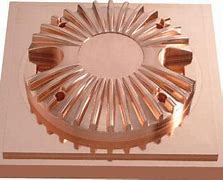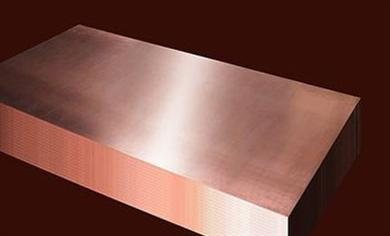**Copper Pipes 101: The Homeowner’s Guide to Plumbing Essentials**
(Which Copper Pipes Arre Needed In Homes)
Copper pipes are the unsung heroes of your home. They work behind walls and under floors, delivering water where you need it. But not all copper pipes are the same. Picking the right type matters for your plumbing’s durability and efficiency. Let’s break down what you need to know.
First, copper pipes come in different thicknesses. These are labeled as Type M, Type L, and Type K. The names sound technical, but the differences are simple. Type M is the thinnest and most affordable. It’s often used for short runs inside walls, like connecting sinks or showers. But it’s not ideal for high-pressure systems or outdoor use. If your home has standard water pressure, Type M gets the job done without breaking the bank.
Type L is thicker. This makes it stronger and better for main water lines. Many builders use Type L for supplying water to the entire house. It handles higher pressure and lasts longer. If you live in an area with hard water or temperature swings, Type L resists wear better. It’s a middle-ground option—sturdier than Type M but not as heavy-duty as Type K.
Type K is the thickest. You’ll find it in underground plumbing or industrial settings. Most homes don’t need Type K unless you’re dealing with extreme conditions. For example, if your water supply line runs under a driveway or faces soil corrosion, Type K’s extra armor helps. It’s overkill for average homes, though.
Size matters too. Copper pipes come in diameters from ½ inch to 1 inch. Smaller pipes (½ inch) work for individual fixtures like faucets. Larger ones (¾ inch or 1 inch) handle main supply lines. Getting the size wrong can lead to low water pressure or leaks. A plumber can help map out what’s best for your home’s layout.
Flexible copper tubing is another option. It bends easily, making it perfect for tight spaces. You might use it for fridge ice makers or gas lines. But flexibility comes with a trade-off. It’s thinner than rigid pipes, so it’s not suited for high-stress areas. Stick to rigid copper for long-term reliability.
Why choose copper over plastic? Copper resists bacteria and lasts decades. It won’t warp under heat, making it safe for hot water lines. Plastic pipes might crack or leach chemicals over time. Copper’s upfront cost is higher, but it pays off in fewer repairs.
Installation tips? Always clean pipe ends before soldering. Dirty joints lead to leaks. Use a wire brush to scrub off oxidation. Insulate pipes in cold areas to prevent freezing. Even copper can burst if water inside turns to ice.
Maintenance is straightforward. Check for green stains around joints—this signals corrosion. A small leak now can become a big problem later. If you spot pinhole leaks, call a pro. Trying DIY fixes might worsen the damage.
(Which Copper Pipes Arre Needed In Homes)
Copper pipes aren’t flashy, but they’re essential. Choosing the right type and size keeps your water flowing smoothly. Whether you’re renovating or building new, understanding these basics saves time and money. Your home’s plumbing is only as good as the pipes you put in it.
Inquiry us
if you want to want to know more, please feel free to contact us. (nanotrun@yahoo.com)



